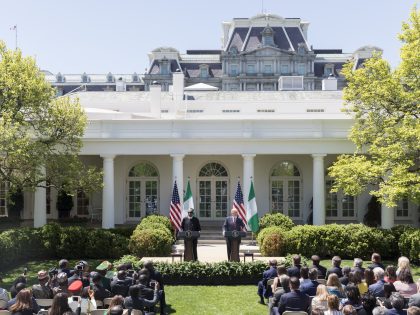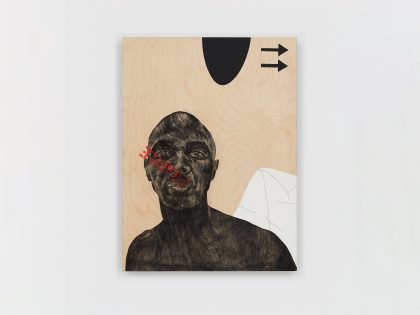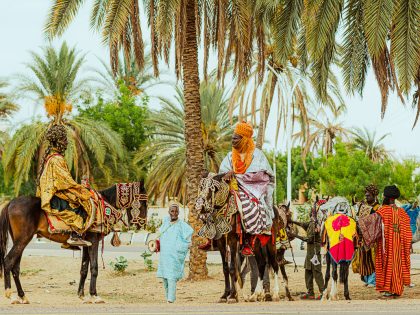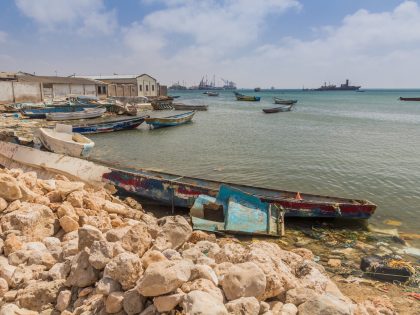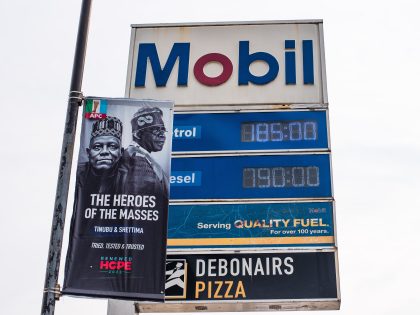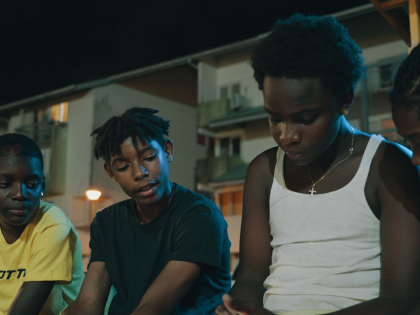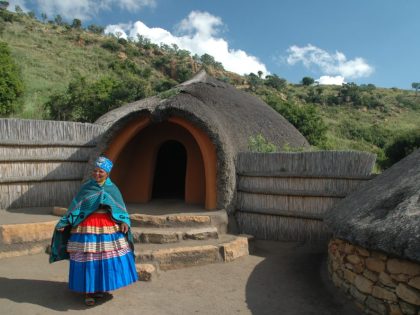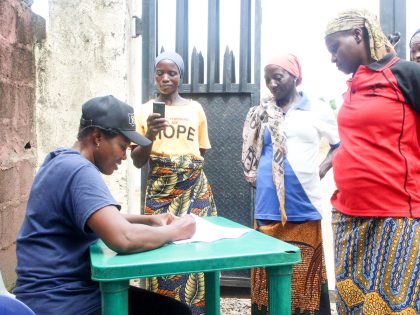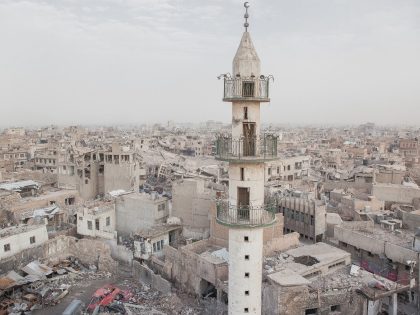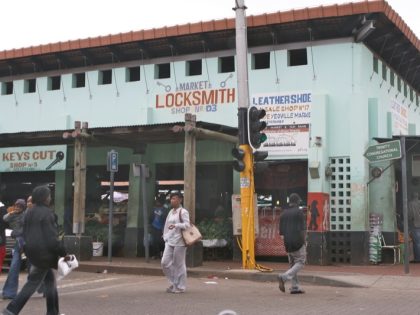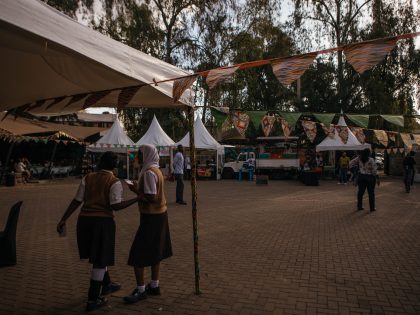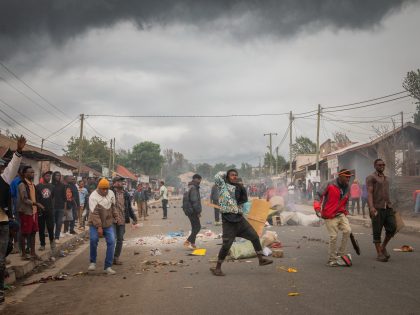Friday Bonus Music Break, N°21
Nigerian-Swedish pop star Dr Alban features in this new St. John’s Dance video above. Swedish-Finnish-Gambian (yeh) rapper Adam Tensta is the guy behind the group. (Tensta started with more straightforward rap, but has since found a slightly different sound, as illustrated in this Nollywood-influenced video.) Next, more common Nigerian pop:
Your weekly dose of kuduro courtesy of JD, Nagrelha and Rei Panda:
Jean Grae created this video for ‘Kill Screen’:
A Sauti Sol & Spoek Mathambo collaboration:
Via okayafrica: Octa Push’s ‘Mambowrp’.
A dramatic video for new music by Nëggus (repping for Togo) and Kungobram:
From Grahamstown, South Africa, the Wordsuntame duo:
A down-beat version of the closing song of Terakaft’s new record Kel Tamasheq (from Mali):
And a Nomadic Wax moment with Kisangani (Congo) artist Alesh:
Those Nigeria-Finland-Sweden-Gambia connections? That’s Mikko. We’re back on Monday.
